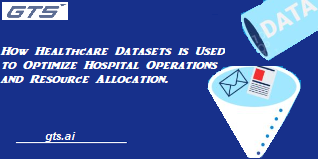Enhancing Public Health Surveillance with Health Datasets
In recent years, there has been a growing interest in using health datasets to enhance public health surveillance. These datasets contain a wealth of information that can help public health officials to identify and monitor trends in health outcomes, track disease outbreaks, and evaluate the effectiveness of public health interventions. The use of health datasets for public health surveillance is not new. For many years, public health officials have used data from sources such as vital records, disease registries, and health surveys to monitor health outcomes and track disease trends. However, the availability of new data sources and advances in data analytics have made it possible to use health datasets in more innovative ways to enhance public health surveillance. One of the main advantages of health datasets is that they can provide a more comprehensive picture of health outcomes and disease trends than traditional data sources. For example, electronic health records (EHRs) co...

